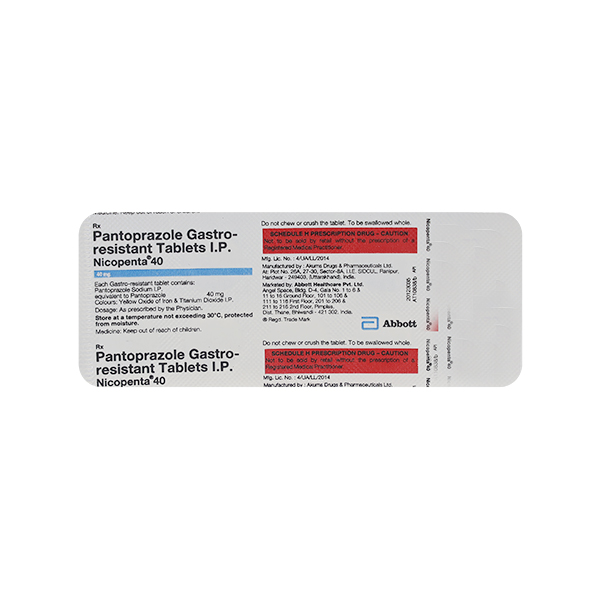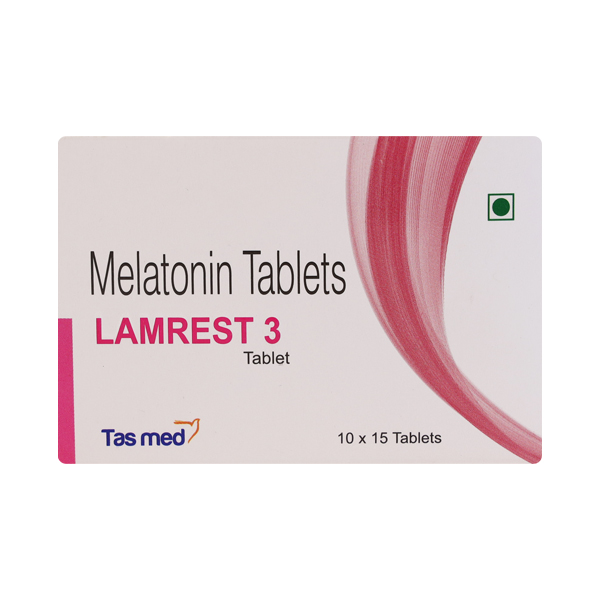Introduction
Erectile dysfunction (ED) is a condition that affects millions of men worldwide, significantly impacting their physical and emotional well-being. Understanding the types of erectile dysfunction can help individuals identify the root cause and seek appropriate treatment. In this blog, we will explore the different types of erectile dysfunction, their causes, and potential treatment options, offering a comprehensive guide to help manage this condition effectively.
What Is Erectile Dysfunction?
Erectile dysfunction refers to the persistent inability to achieve or maintain an erection sufficient for satisfactory sexual performance. While occasional erection issues are normal, chronic difficulties may signal underlying health problems or psychological concerns. ED is more common with age but can affect men at any stage of life.
Types of Erectile Dysfunction
Erectile dysfunction can be categorized into several types based on the underlying causes. Each type requires a unique approach to diagnosis and treatment. Let’s delve into these types:
1. Physical (Organic) Erectile Dysfunction
- Definition: This type of ED is caused by physical factors that impair blood flow, nerve function, or hormone levels.
- Common Causes:
- Cardiovascular diseases (e.g., atherosclerosis, hypertension)
- Diabetes mellitus
- Hormonal imbalances, such as low testosterone levels
- Neurological disorders (e.g., Parkinson’s disease, multiple sclerosis)
- Lifestyle factors like smoking, obesity, and excessive alcohol consumption
- Symptoms: Difficulty achieving an erection despite sexual stimulation.
- Treatment: Lifestyle changes, medications (like PDE5 inhibitors such as sildenafil and tadalafil), or surgical interventions.
2. Psychological Erectile Dysfunction
- Definition: This type stems from mental health issues or emotional stress rather than physical problems.
- Common Causes:
- Anxiety, particularly performance anxiety
- Depression
- Stress from work, relationships, or other life factors
- History of trauma or abuse
- Symptoms: Sudden onset of ED, often situational (e.g., occurring only during certain circumstances).
- Treatment: Counseling, cognitive-behavioral therapy (CBT), stress management techniques, and medications if necessary.
3. Mixed Erectile Dysfunction
- Definition: A combination of both physical and psychological factors.
- Common Causes: Chronic illness accompanied by stress or anxiety can exacerbate ED.
- Symptoms: Varying patterns of ED, influenced by both physical conditions and mental health.
- Treatment: A comprehensive approach addressing both physical and psychological aspects.
4. Situational Erectile Dysfunction
- Definition: This occurs only in specific scenarios or with certain partners.
- Common Causes:
- Performance anxiety
- Relationship issues
- Use of substances like alcohol or drugs during intimacy
- Symptoms: Normal erectile function in other situations, such as during masturbation or with other partners.
- Treatment: Psychotherapy, open communication with partners, and addressing underlying stressors.
Stages of Erectile Dysfunction
ED doesn’t typically occur overnight. Instead, it progresses through stages:
- Occasional Difficulties: Temporary issues achieving or maintaining an erection, often due to stress or fatigue.
- Mild Erectile Dysfunction: Erection difficulties occur more frequently but are still manageable without treatment.
- Moderate Erectile Dysfunction: Persistent challenges that require medical evaluation and treatment.
- Severe Erectile Dysfunction: Inability to achieve an erection under any circumstances, often indicating serious underlying health issues.
Different Types of Erections
Understanding the types of erections can also provide insight into ED:
1. Reflexogenic Erections
- Triggered by physical stimulation.
- Controlled by the peripheral nerves and lower spinal cord.
2. Psychogenic Erections
- Result from sexual thoughts or visual/auditory stimuli.
- Involve the limbic system and brain.
3. Nocturnal Erections
- Occur during rapid eye movement (REM) sleep.
- Healthy men experience 3-5 nocturnal erections per night.
Causes and Risk Factors of Erectile Dysfunction
Several factors contribute to ED, including:
- Age: Risk increases with age due to declining testosterone levels and cardiovascular health.
- Medical Conditions: Diabetes, heart disease, and hormonal disorders are major contributors.
- Lifestyle Choices: Smoking, excessive alcohol intake, poor diet, and lack of exercise.
- Medications: Drugs for hypertension, depression, and other conditions can cause ED as a side effect.
Psychological Factors: Stress, anxiety, and depression significantly impact erectile function.
Treatment Options for Erectile Dysfunction
1. Lifestyle Changes
- Quit smoking and limit alcohol consumption.
- Adopt a balanced diet rich in fruits, vegetables, and lean proteins.
- Engage in regular physical activity to improve blood flow.
2. Medications
- Sildenafil (Viagra): Effective for short-term use; works within 30-60 minutes.
- Tadalafil (Cialis): Longer-lasting effects; suitable for spontaneous intimacy.
- Other Options: Vardenafil (Levitra), avanafil (Stendra).
3. Psychotherapy
- Addresses psychological causes such as anxiety and depression.
- Couples therapy can improve communication and intimacy.
4. Medical Devices and Surgery
- Vacuum Erection Devices (VEDs): Help draw blood into the penis.
- Penile Implants: Surgical solution for severe cases.
Comparing Sildenafil and Tadalafil
When considering medications like sildenafil (Viagra) and tadalafil (Cialis), it’s essential to understand their differences:
| Feature | Sildenafil (Viagra) | Tadalafil (Cialis) |
| Onset of Action | 30-60 minutes | 15-30 minutes |
| Duration | 4-6 hours | Up to 36 hours |
| Food Interaction | Reduced efficacy with food | Less affected by food |
| Best For | Planned sexual activity | Spontaneous activity |
Final Thoughts
Erectile dysfunction is a complex condition with multiple types and stages, each requiring tailored solutions. By understanding the different forms of ED and available treatment options, men can take proactive steps toward recovery. Remember, seeking professional help is the first step to regaining confidence and improving overall well-being.
FAQs
1. Can erectile dysfunction be reversed naturally?
Yes, in many cases, erectile dysfunction can be improved or reversed naturally by addressing lifestyle factors. Quitting smoking, reducing alcohol consumption, maintaining a healthy diet, exercising regularly, and managing stress can significantly improve erectile function. However, it is essential to consult a healthcare provider for guidance tailored to your situation.
2. What is the most common cause of erectile dysfunction?
The most common cause of ED is physical, such as cardiovascular disease, diabetes, hormonal imbalances, or neurological disorders. Psychological factors like stress, anxiety, or depression can also contribute. Often, a combination of these factors leads to ED.
3. Are there side effects to using medications like sildenafil or tadalafil?
Yes, medications like sildenafil (Viagra) and tadalafil (Cialis) can cause side effects. Common ones include headaches, flushing, nasal congestion, upset stomach, or dizziness. Rare but serious side effects may include vision or hearing changes. Always consult a doctor before starting these medications.
4. Can young men experience erectile dysfunction?
Yes, erectile dysfunction can affect men of all ages. While it is more common with age, younger men may experience ED due to psychological factors like stress, anxiety, or lifestyle habits such as smoking or excessive alcohol consumption.
5. What should I do if I suspect I have erectile dysfunction?
If you suspect you have ED, the first step is to consult a healthcare professional. They will evaluate your symptoms, perform tests to identify underlying causes, and recommend appropriate treatments, which may include lifestyle changes, medications, therapy, or medical devices. Early intervention can significantly improve outcomes.
Disclaimer: This article is intended for informational purposes only and should not be considered a substitute for professional medical advice. Always consult a qualified healthcare provider for diagnosis and treatment of any health condition.












